E-commerce Growth
The rapid expansion of e-commerce is transforming the consumer packaged-goods market in Germany. Online grocery shopping has surged, with approximately 30% of consumers now purchasing food and beverages online. This shift is driven by the convenience of home delivery and the ability to compare prices easily. Retailers are investing heavily in their online platforms, enhancing user experience and offering personalized recommendations. The consumer packaged-goods market is witnessing a significant increase in direct-to-consumer models, allowing brands to engage with customers more effectively. This trend not only broadens market reach but also provides valuable data on consumer preferences, enabling brands to tailor their offerings accordingly. As e-commerce continues to grow, traditional retail channels may need to adapt to maintain their market share.
Health and Wellness Trends
The increasing consumer awareness regarding health and wellness is a pivotal driver in the consumer packaged-goods market. In Germany, a notable shift towards organic and natural products has been observed, with sales of organic food products rising by approximately 10% annually. Consumers are increasingly scrutinizing ingredient lists, favoring products with fewer additives and preservatives. This trend is reflected in the growing demand for functional foods that offer health benefits, such as probiotics and fortified items. The consumer packaged-goods market is adapting to these preferences by reformulating existing products and introducing new lines that align with health-conscious consumer behavior. As a result, brands that prioritize transparency and health benefits are likely to gain a competitive edge in this evolving landscape.
Innovative Packaging Solutions
Innovative packaging solutions are emerging as a crucial driver in the consumer packaged-goods market. In Germany, there is a growing emphasis on sustainable packaging, with consumers increasingly favoring brands that utilize recyclable or biodegradable materials. Approximately 60% of consumers express a preference for products with eco-friendly packaging. This trend is prompting manufacturers to invest in research and development to create packaging that not only preserves product quality but also minimizes environmental impact. Additionally, smart packaging technologies, such as QR codes and freshness indicators, are gaining traction, enhancing consumer engagement and product traceability. As sustainability becomes a core value for consumers, brands that prioritize innovative packaging solutions are likely to enhance their market position.
Changing Demographics and Lifestyles
The evolving demographics and lifestyles in Germany are significantly influencing the consumer packaged-goods market. An aging population, along with a rise in single-person households, is reshaping consumption patterns. Younger consumers are increasingly seeking convenience, leading to a surge in demand for ready-to-eat and portion-controlled products. This demographic shift is prompting brands to innovate and diversify their product offerings to cater to varying consumer needs. Additionally, the multicultural landscape in Germany is fostering demand for diverse food products, reflecting the preferences of various ethnic groups. As lifestyles continue to change, the consumer packaged-goods market must remain agile to adapt to these demographic trends and consumer expectations.
Technological Advancements in Production
Technological advancements in production processes are playing a vital role in the consumer packaged-goods market. In Germany, manufacturers are increasingly adopting automation and artificial intelligence to enhance efficiency and reduce costs. These technologies enable faster production cycles and improved quality control, which are essential in meeting the growing consumer demand for high-quality products. Moreover, advancements in supply chain management, such as blockchain technology, are enhancing transparency and traceability in the market. This is particularly important as consumers become more concerned about the origins of their food. As technology continues to evolve, the consumer packaged-goods market is likely to see further innovations that improve operational efficiency and consumer trust.


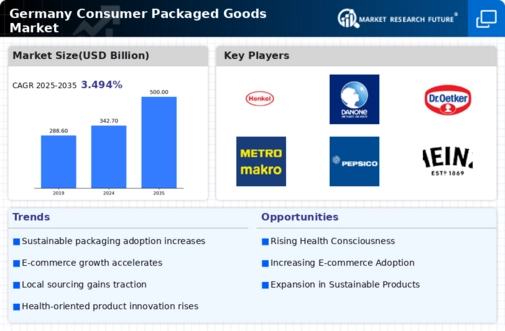
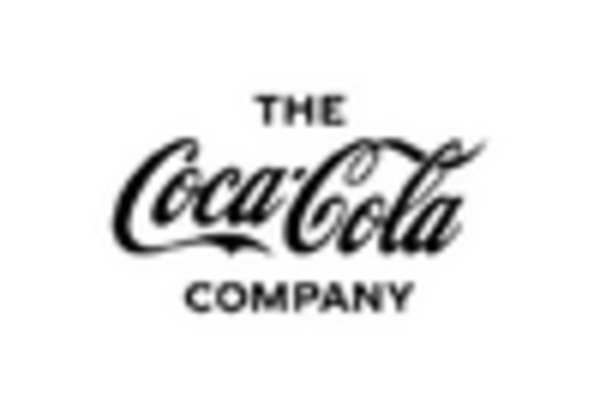
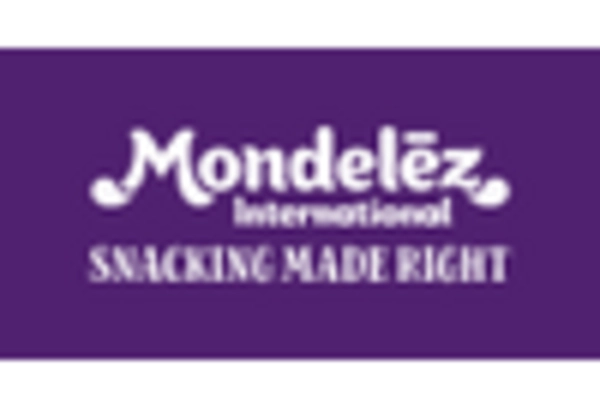

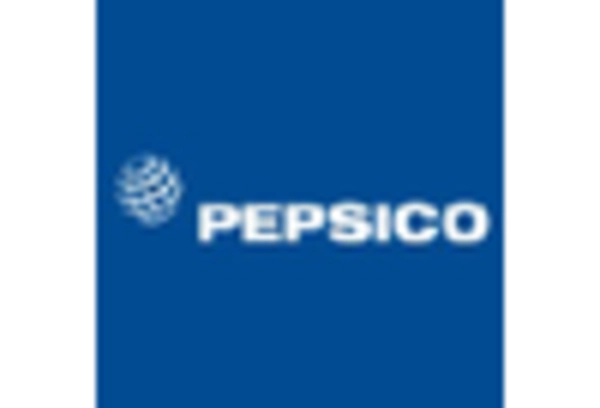
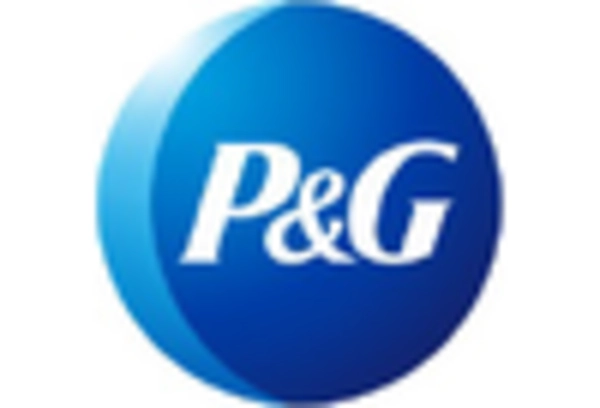









Leave a Comment